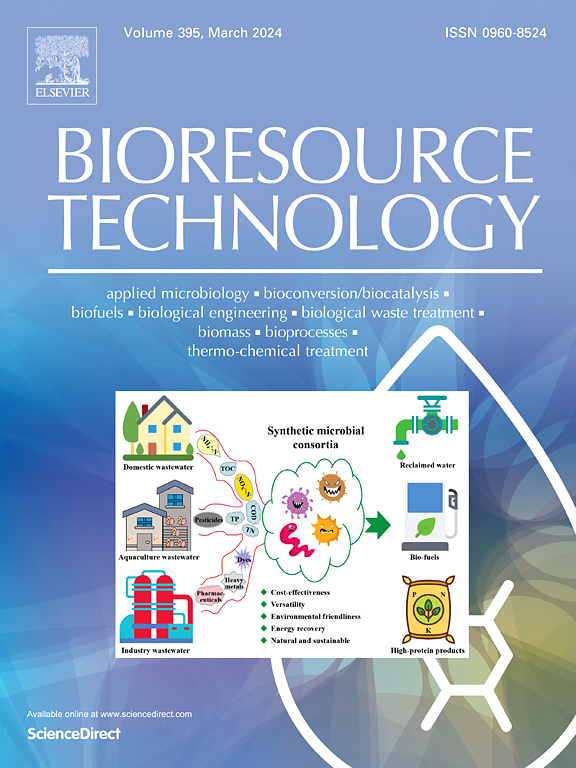Comparison of the performances and mechanisms of anammox bacteria in-situ self-enrichment under heterotrophic and autotrophic conditions by inoculating ordinary activated sludge
IF 9.7
1区 环境科学与生态学
Q1 AGRICULTURAL ENGINEERING
引用次数: 0
Abstract
The in-situ self-enrichment of anammox bacteria (AnAOB) was a pivotal facet of anammox in mainstream wastewaters treatment with low ammonia strength. This study explored the performances and mechanisms of AnAOB in-situ self-enrichment under heterotrophic and autotrophic conditions. The absolute abundances of AnAOB increased from 1.7 × 105 to 1.6 × 109 copies/g dry sludge in the partial denitrification/anammox (PD/A) system and 4.6 × 108 copies/g dry sludge in the single anammox system, and the corresponding anammox activities reached 42.7 and 6.5 mg NH4+-N/g VSS/d. In the PD/A system, denitrifying bacteria secreted abundant signal molecules to communicate with AnAOB, thereby promoting the high self-enrichment of AnAOB. Accordingly, the PD/A system showed significant advantages on AnAOB self-enrichment compared with the single anammox system. This study provided new insights into the mechanism of cooperative and competitive interactions between PD bacteria and AnAOB during the AnAOB self-enrichment, promoting the application of anammox process in low-ammonia wastewaters treatment.

求助全文
约1分钟内获得全文
求助全文
来源期刊

Bioresource Technology
工程技术-能源与燃料
CiteScore
20.80
自引率
19.30%
发文量
2013
审稿时长
12 days
期刊介绍:
Bioresource Technology publishes original articles, review articles, case studies, and short communications covering the fundamentals, applications, and management of bioresource technology. The journal seeks to advance and disseminate knowledge across various areas related to biomass, biological waste treatment, bioenergy, biotransformations, bioresource systems analysis, and associated conversion or production technologies.
Topics include:
• Biofuels: liquid and gaseous biofuels production, modeling and economics
• Bioprocesses and bioproducts: biocatalysis and fermentations
• Biomass and feedstocks utilization: bioconversion of agro-industrial residues
• Environmental protection: biological waste treatment
• Thermochemical conversion of biomass: combustion, pyrolysis, gasification, catalysis.
 求助内容:
求助内容: 应助结果提醒方式:
应助结果提醒方式:


